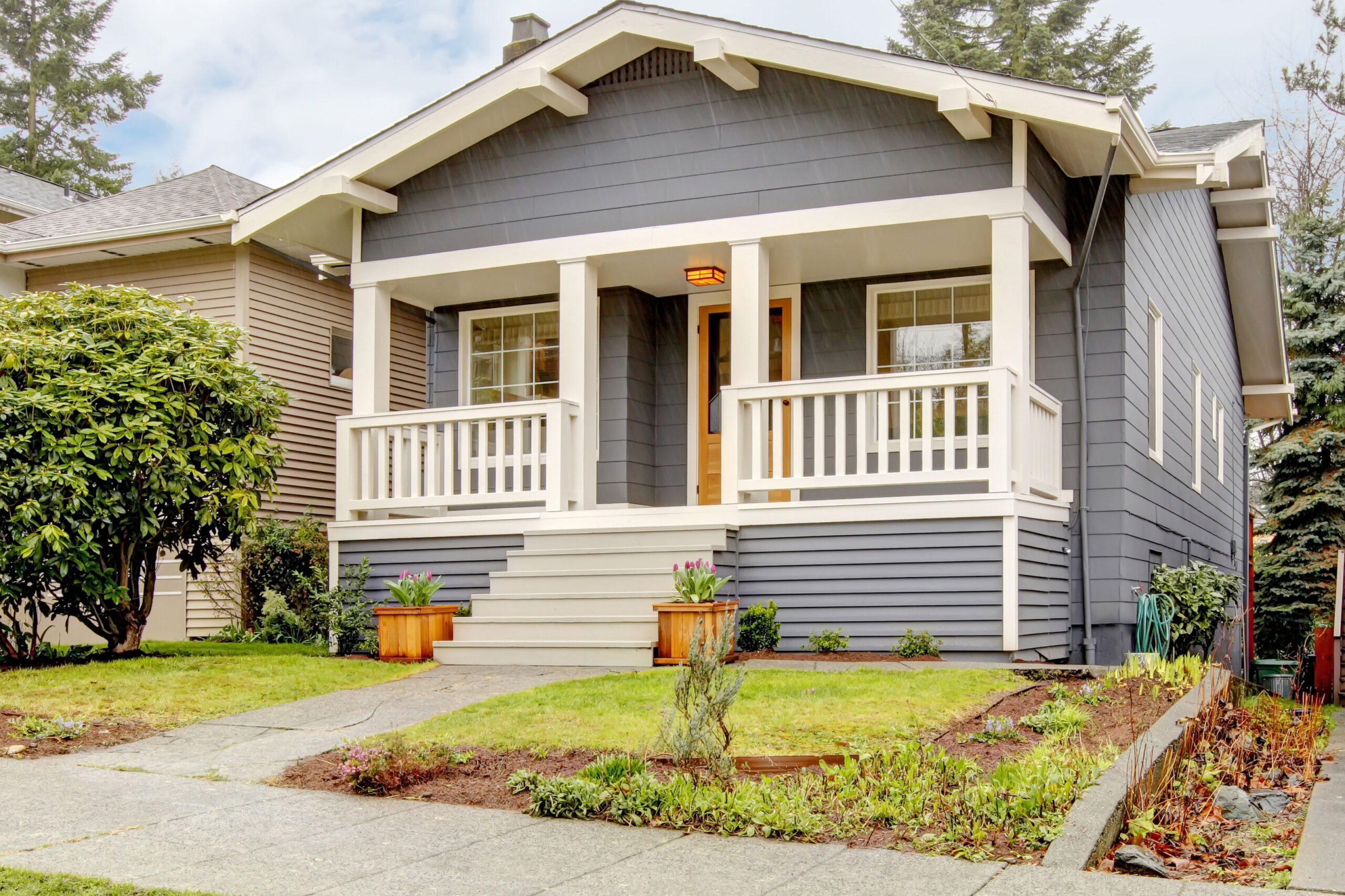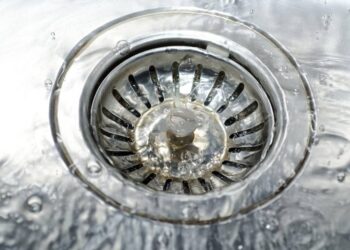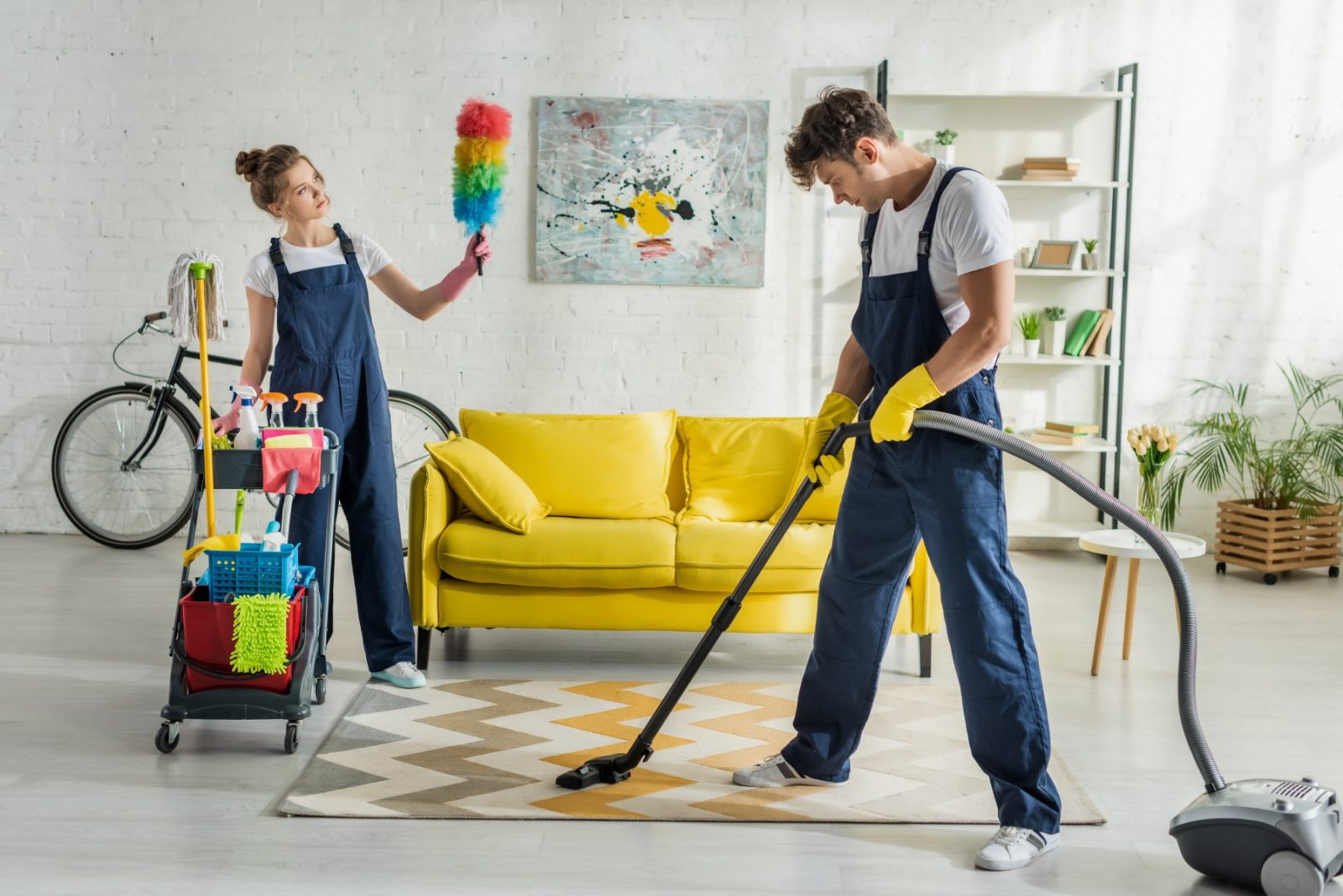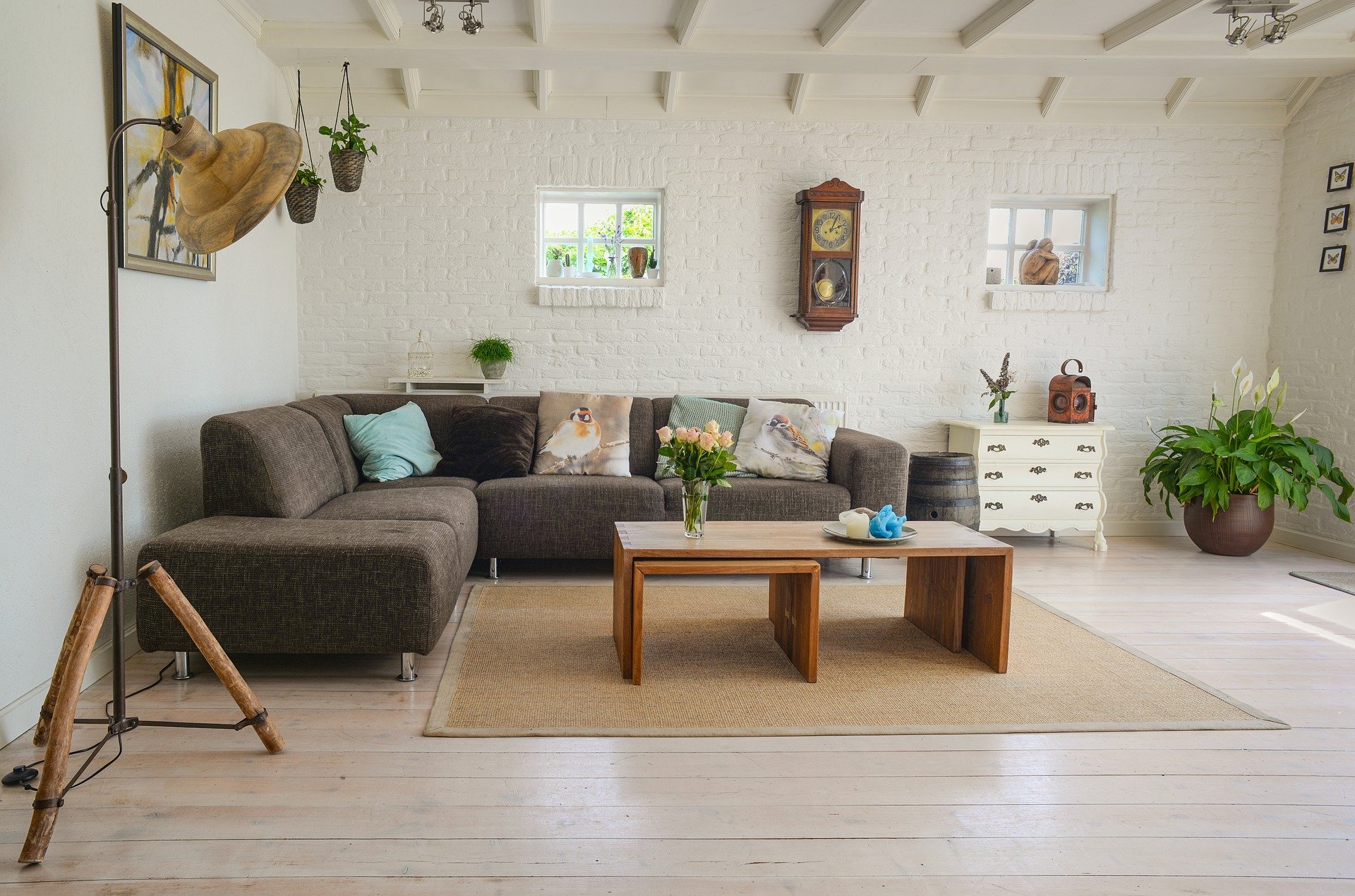It’s easy to fall in love with older properties because they are often full of character and charm, featuring everything from original beams to antique fireplaces. Despite being steeped in history, a house could have one or more issues that could affect your health, quality of life, or even its resale price.
If you’ve recently received the keys to an old property or are considering making an offer on a house, you might be eager to identify common issues to ensure you’re not caught off guard. Here are eight potential issues you might face when buying an old house.
- Heating Issues
As an older home was built before cavity wall insulation and may haveno loft insulation, it might feel a little cold and draughty during autumn and winter.In addition to having no cavity wall insulation, there may be uninsulated gaps in the floorboards or between the foundations of the property.Also, an old radiator system might struggle to effectively warm the house and may need replacing.
If the home is more than a little chilly, you could install new pipes for underfloor heating, which will distribute heat more evenly than traditional radiators.Plus, the property could benefit from a more modern, efficient boiler.
- Old Windows
Of course, old windows could be a culprit for a draughty home, and they can also detract from the property’s visual appeal and increase the risk of burglary. As double glazing wasn’t introduced in properties until the 1980s onwards, many old homes feature inefficient single glazing.
It’s vital to replace the windows if they’re causing a chill or are in poor condition, as they will improve your home’s security, heating, and soundproofing.Bear in mind that you’ll need to check with your local council before replacing windows if you live in a listed building or conservation area.
- Pests
It’s an unfortunate reality that the older a building is, the more likely it will have an insect or pest infestation.
There are many reasons why heritage houses and buildings are more likely to struggle with rodents and insects.For instance, older properties will develop cracks and holes as they age, providing an easy entry point for various pests. Also, decaying walls provide a cosy environment for pests like rats and mice to build a nest, and they might even create a home by squeezing through gaps in old beams and floorboards.
Yet, pest problems don’t need to remain on the property, as you can hire a professional Pest Control London service to eliminate the issue and protect the older property.
- Asbestos Exposure
Asbestos is commonly found in older properties across the UK, as the material wasn’t banned until 1999. It’s essential to be cautious when undertaking renovations or remodels in heritage houses, as the material is dangerous and exposure to it can cause mesothelioma, a type of lung cancer. Asbestos can be present in many areas of an old home, such as in pipe cement, floor tiles, or even in thermal insulation.
If an older property has asbestos, but is in good condition, it’s wise to leave it alone to prevent any exposure to it. However, you can organise for removal contractors to banish asbestos from your home, as they can safely remove and dispose of the material.
- Faulty Electrics
Old electrical wiring can cause many dangers in the home, as it may increase the risk of a fire or electric shock. Also, it’s more likely to cause electrical issues in the home, which may become a nuisance for you and your loved ones.
If you’re worried about the quality of an old home’s electrical wiring, you can arrange for a qualified electrician or engineer to visit your address to complete an Electrical Installation Condition Report.
If your home features old, inefficient wiring, you might need to fully rewire the property, which means installing wire in your walls and underneath the floorboards.
- Poor Plumbing
It’s not only heating and faulty electrics that might be a problem in an old home, as it might have poor plumbing. Old pipes will increase your home’s likelihood of developing unwanted leaks, corrosion, or low water pressure.
Also, if the property was built before the 1970s, it may feature lead pipework or lead solder for joining copper pipes. If so, you must replace the pipework with plastic or modern copper alternatives.
- Mould, Mildew, or Damp
As old properties might have poor ventilation and experience excess moisture, they are more likely to develop mould, mildew, or damp. These issues can have one or more culprits, such as cracked rendering or leaking pipes.
It’s vital to get to the root cause of the problem to repair the issue and restore the property. For example, you could examine the flashing and the roof, the chimney, eaves, or soffit.Also, the problem might be caused by corroded or broken downpipes, window frame damage, and more.
- Structural Issues
Structural issues can strike in older homes, and they might be easy to fix or become an expensive problem. For instance, small cracks could be due to small alterations following the resettling of masonry. However, large zig-zag cracks can form when foundations give way, which may lead to sloping floors that require underpinning.
Underpinning is the most effective solution for subsidence, as it will fill hollow areas with concrete to improve the foundation’s stability. However, this repair project costs an average of £10–18,000. It might be more affordable and less invasive to embark on resin polymer injections or lay bricks underneath an unsupported wall.
Conclusion
Buying an old property can come with various risks, but it might be worth all the improvements to live in a beautiful property that’s steeped in history.
If you’re buying a heritage house, it’s wise to set money aside for potential issues, from pest problems to poor plumbing.
If you’re lucky, the property might have had one or more loving owners over the years, and the money you’ve set aside will serve as a handy rainyday fund.







